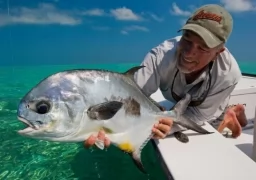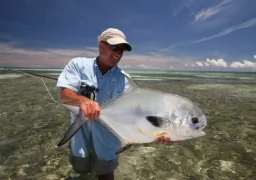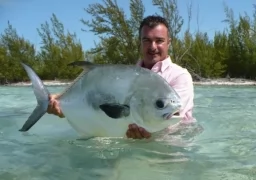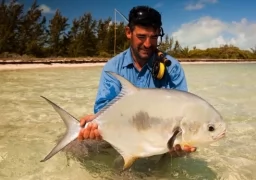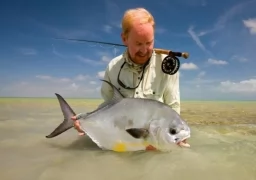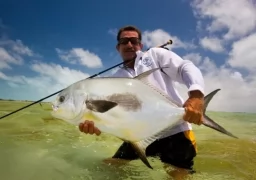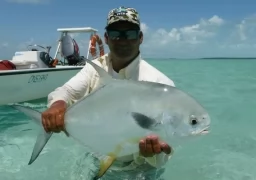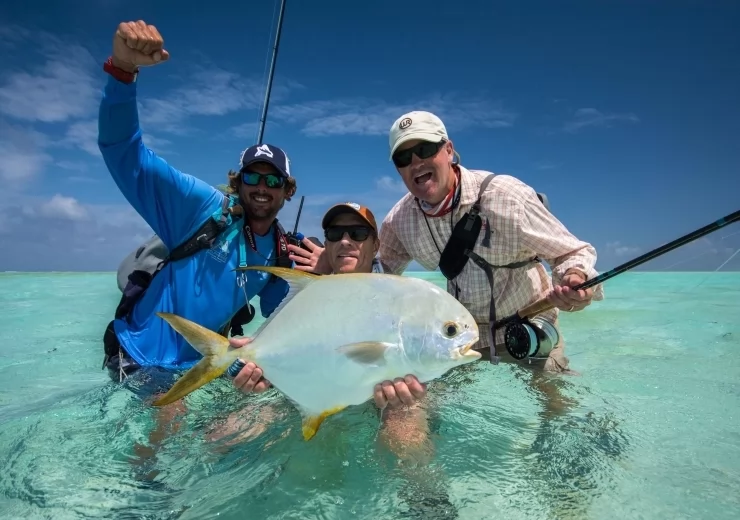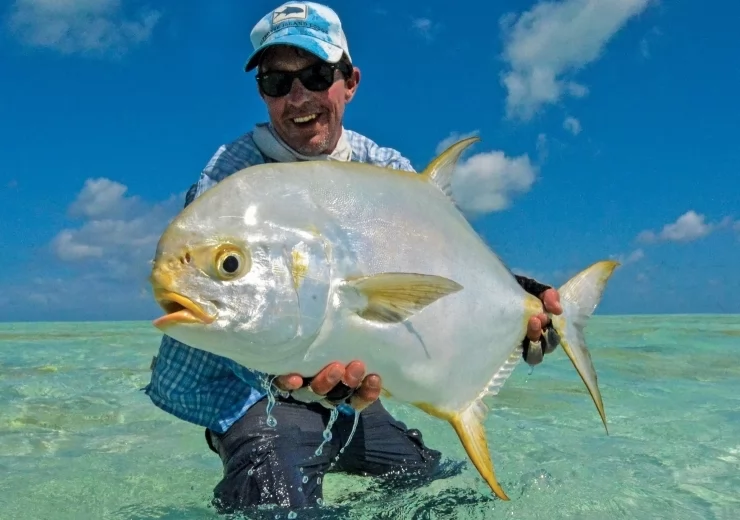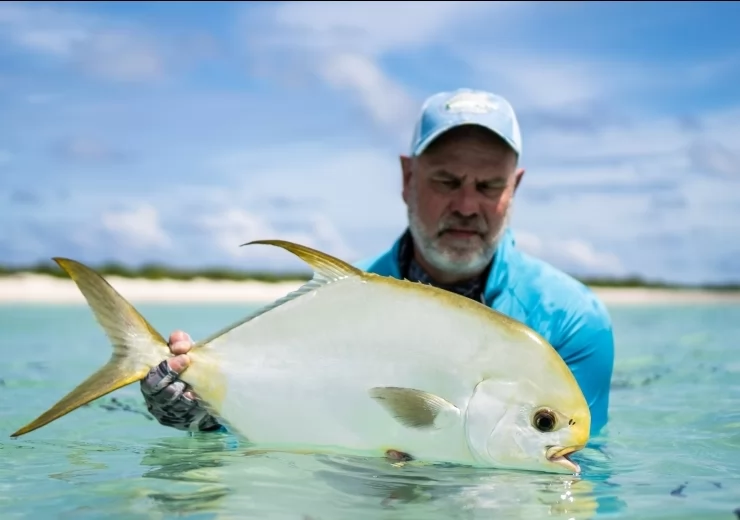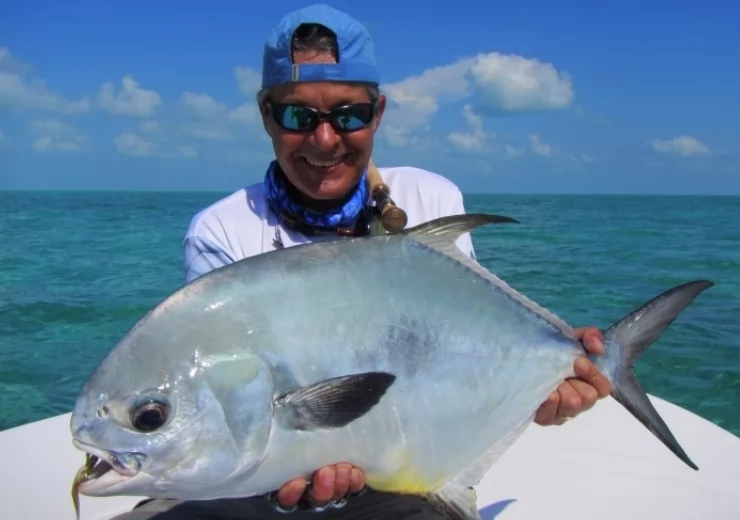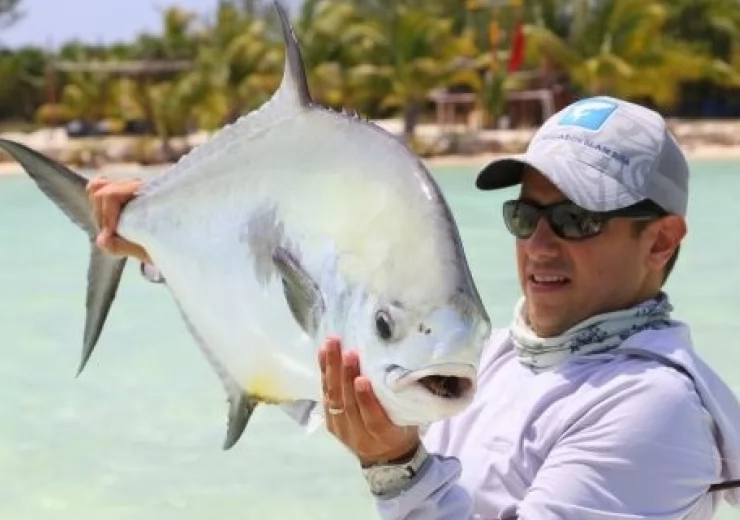Overview
DESCRIPTION
Color gray, dark or iriscent blue above, shading to silvery sides. The deeply forked tail and elongated anterior dorsal fin provide the more distintc characteristics of the permit.
Permit reach a maximum lenght of 48 inches (122 cm) and a weight of 79 pounds (36 kg). They grow fast during the first years and then the growth slows considerably.
HABITAT
Permit are usually found in shallow, tropical waters such as mudflats, channels, and muddy bottoms. They often swim in water depths less than two feet, but because of their large body depth, big individuals are found in deeper water (alone or in pairs)
When founded alone, permit tend to escape from human interaction; but, when they are in small school formations, they are more agressive.
FEEDING
Permit usually are fed on crustaceans, mollusks, insects and other fishes. The size of their prey increases as they increase in size.
The Fishing
The best locations in the Caribbean to consistently find permit are Cuba (in Cayo Largo and Jardines de la Reina) and The Bahamas (Andros Island). The optimal times to fish for permit in the Caribbean are between March and July, as well as in the month of November, when the tides are high.
Anglers in these locations will periodically find permit tailing on the flats in 1 to 2 feet of water. A far more common way to find permit is to go looking for sting rays feeding in 2 to 3 feet of water. Permit are intelligent, opportunistic feeders. They will follow behind sting rays, using the rays to flush out crabs and shrimp which the permit will then eat before the ray has a chance to get its meal.
Gear and equipment
RODS
9 or 10 wt rods with matching reels and matching floating tropical line. 9 foot 17/20 lb leaders.
FLY PATTERNS
Sizes 2 and 4 with a few 6’s with high quality hooks. Gotchas, Crazy Charlie’s, Clousers, Rag Head Crab, Merkin Crab Patterns all patterns with a light or cream color version and a tan version
FLY LINES
Match the line weight to your rod. There is no need to over line weight your rod. Choose a tropical floating saltwater line. 250 feet of Gel Spun 30 lb. backing is sufficient.

